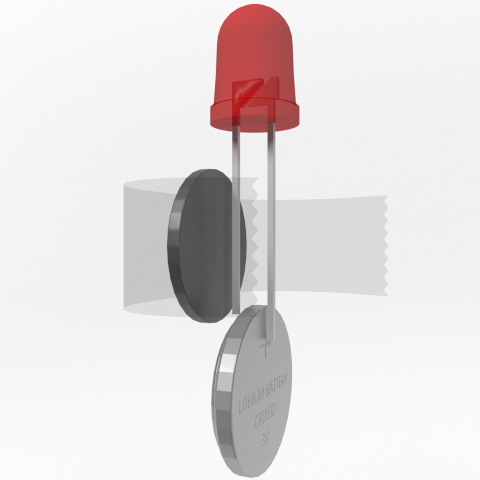The Maker movement began as a means to fight back against mass produced items and the lack of accessibility to products an individual owns. Make: Magazine coined phrases like “If you can’t open it, you don’t own it” and “void your warranty” while providing step-by-step instructions on how to create an array of projects with tools, devices, materials, and components on hand or easily acquired. The Maker Movement Manifesto (2013), a book designed to motivate individuals to become a part of the Maker community and to want to learn more about making says, “You cannot make and not share.” Do-It-Yourself (DIY) enthusiasts utilize whatever tools they have available to them to create and follow a wide range of tutorials across many different disciplines including: craft, electronics, mechanics, recipes, and more. These DIY tutorials find uses for old or discarded electronics, ways of repurposing new electronic devices, or methods of creating entirely unique projects from base parts and materials.
The Maker movement generally has the reputation and is sometimes seen as a disruptive force to industry, including by the makers themselves. However, when presenting how to recreate their work, there is rarely any attempt to alter the basic format and presentation style of instructions. In a field where being disruptive and fighting against industry standards are considered the norm — when all of those disruptive works are being presented in exactly the same format, this takes away from the message and underlying meaning.
Even within the human-computer interaction (HCI) community, DIY tutorials tend to be researched with an inside-the-box approach, either in trying to streamline or obscure the process of making tutorials. This work articulates a set of research and design implications for creating DIY tutorials for experts and amateurs, as well as opening up new questions within the HCI community for further research.



